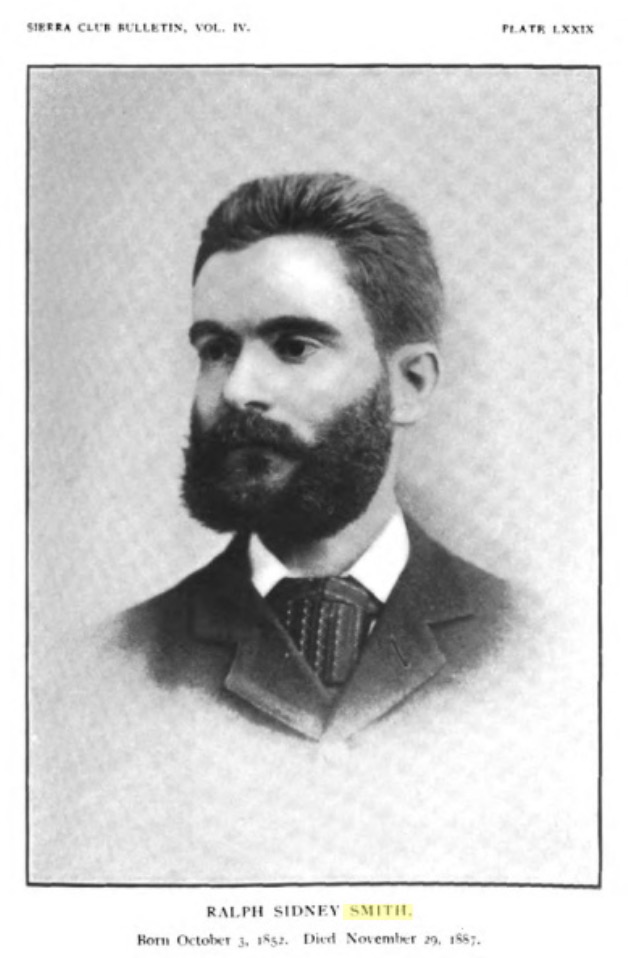 GRANTS PASS and BROOKINGS, Oregon — Chinook Forest Partners, a forestland investment manager located in Southwest Oregon, announced it has entered into a definitive agreement to acquire South Coast Lumber Co. and affiliates. This acquisition encompasses 104,000 acres of premium coastal forest with modern manufacturing facilities. …Mike Beckley, CEO and President of South Coast said, “We are confident they will honor the legacy the Fallert family has built over four generations, while helping South Coast reach new levels of growth and opportunity.” …The transaction is expected to finalize before year-end 2025, pending customary closing conditions.
GRANTS PASS and BROOKINGS, Oregon — Chinook Forest Partners, a forestland investment manager located in Southwest Oregon, announced it has entered into a definitive agreement to acquire South Coast Lumber Co. and affiliates. This acquisition encompasses 104,000 acres of premium coastal forest with modern manufacturing facilities. …Mike Beckley, CEO and President of South Coast said, “We are confident they will honor the legacy the Fallert family has built over four generations, while helping South Coast reach new levels of growth and opportunity.” …The transaction is expected to finalize before year-end 2025, pending customary closing conditions.



 SALT LAKE CITY — Homeowners in high wildfire risk areas should soon expect home assessments and a new fee. HB48 Wildland Urban Interface Modifications requires the Utah Division of Forestry, Fire and State Lands to draw a high wildfire risk boundary across the state. The division will inspect homes within the boundary for fire risk, and property owners will pay a fee based on their risk and square footage, which will cover the cost of the program and lot assessments. State Wildfire Risk Reductions Programs Manager Joseph Anderson said the assessments will focus on the vegetation surrounding the home and the materials used in the structure. “The goal is to remove any vegetation or anything that could catch an ember and allow that ember to burn and catch the structure on fire,” Anderson said. The bill comes after catastrophic wildfires across the West, like the California Eaton Fire from January 2025.
SALT LAKE CITY — Homeowners in high wildfire risk areas should soon expect home assessments and a new fee. HB48 Wildland Urban Interface Modifications requires the Utah Division of Forestry, Fire and State Lands to draw a high wildfire risk boundary across the state. The division will inspect homes within the boundary for fire risk, and property owners will pay a fee based on their risk and square footage, which will cover the cost of the program and lot assessments. State Wildfire Risk Reductions Programs Manager Joseph Anderson said the assessments will focus on the vegetation surrounding the home and the materials used in the structure. “The goal is to remove any vegetation or anything that could catch an ember and allow that ember to burn and catch the structure on fire,” Anderson said. The bill comes after catastrophic wildfires across the West, like the California Eaton Fire from January 2025. 
 REDDING, Calif. – A groundbreaking effort is underway in Redding where
REDDING, Calif. – A groundbreaking effort is underway in Redding where 
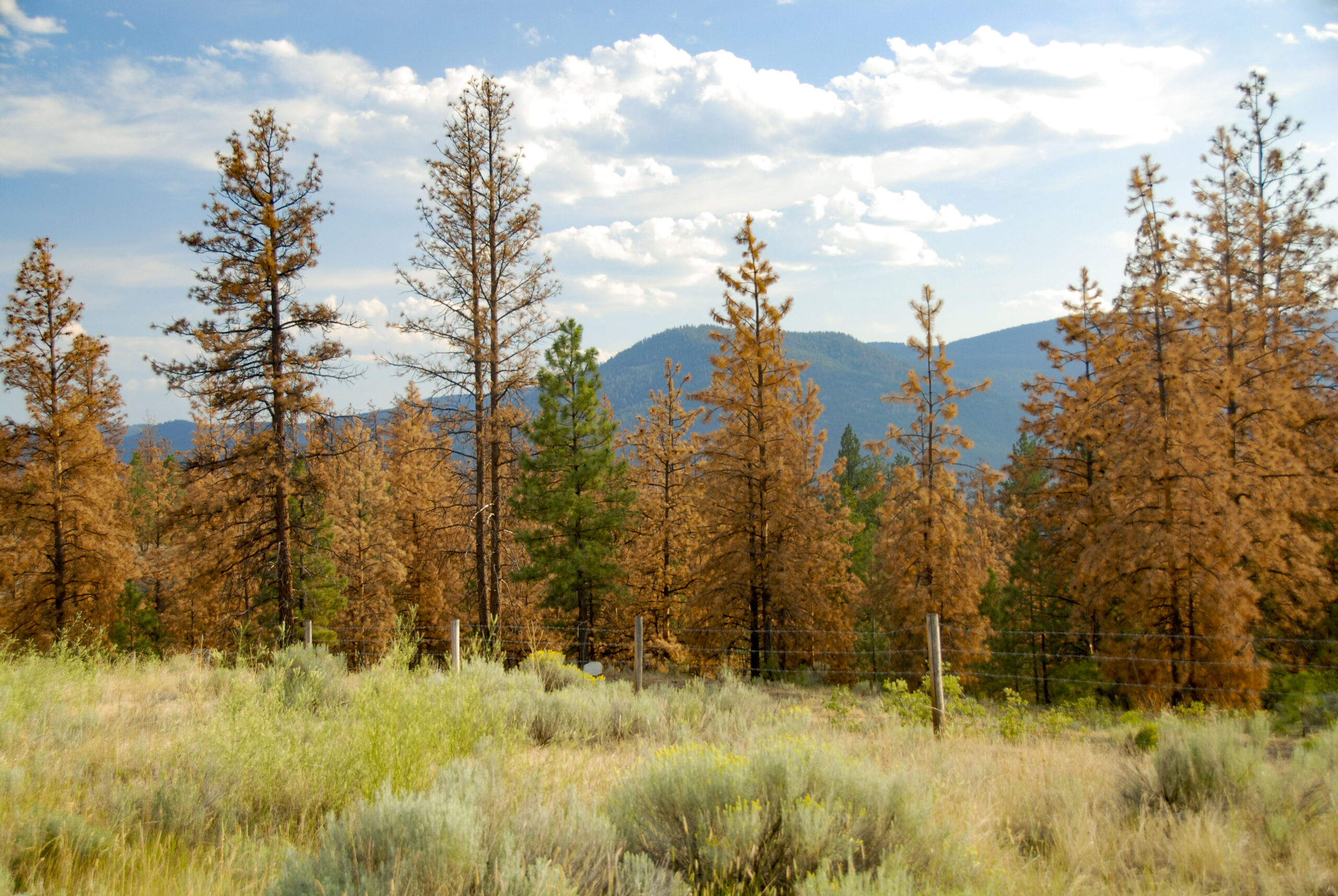 Kremmling, Colorado — The Mill in Kremmling is contributing to the natural carbon-storing success of trees in Routt County by purchasing and reusing standing dead trees logged during wildfire mitigation projects and turned into usable wood products. The company’s goal is to support the local economy and Colorado’s timber industry by creating a demand for forest products sourced entirely from fire mitigation projects, said Lisa Hara, owner and CEO at The Mill. Some 90% of the trees processed at The Mill come from Routt County, with 10% from Jefferson County for Douglas fir wood, Hara said. “We help Routt County by creating a demand for materials that come directly from fire mitigation and watershed projects,” said Hara, who purchased The Mill in spring 2023. “Instead of being treated as waste, this wood becomes a resource, one that supports forest health and rural jobs at the same time.”
Kremmling, Colorado — The Mill in Kremmling is contributing to the natural carbon-storing success of trees in Routt County by purchasing and reusing standing dead trees logged during wildfire mitigation projects and turned into usable wood products. The company’s goal is to support the local economy and Colorado’s timber industry by creating a demand for forest products sourced entirely from fire mitigation projects, said Lisa Hara, owner and CEO at The Mill. Some 90% of the trees processed at The Mill come from Routt County, with 10% from Jefferson County for Douglas fir wood, Hara said. “We help Routt County by creating a demand for materials that come directly from fire mitigation and watershed projects,” said Hara, who purchased The Mill in spring 2023. “Instead of being treated as waste, this wood becomes a resource, one that supports forest health and rural jobs at the same time.”

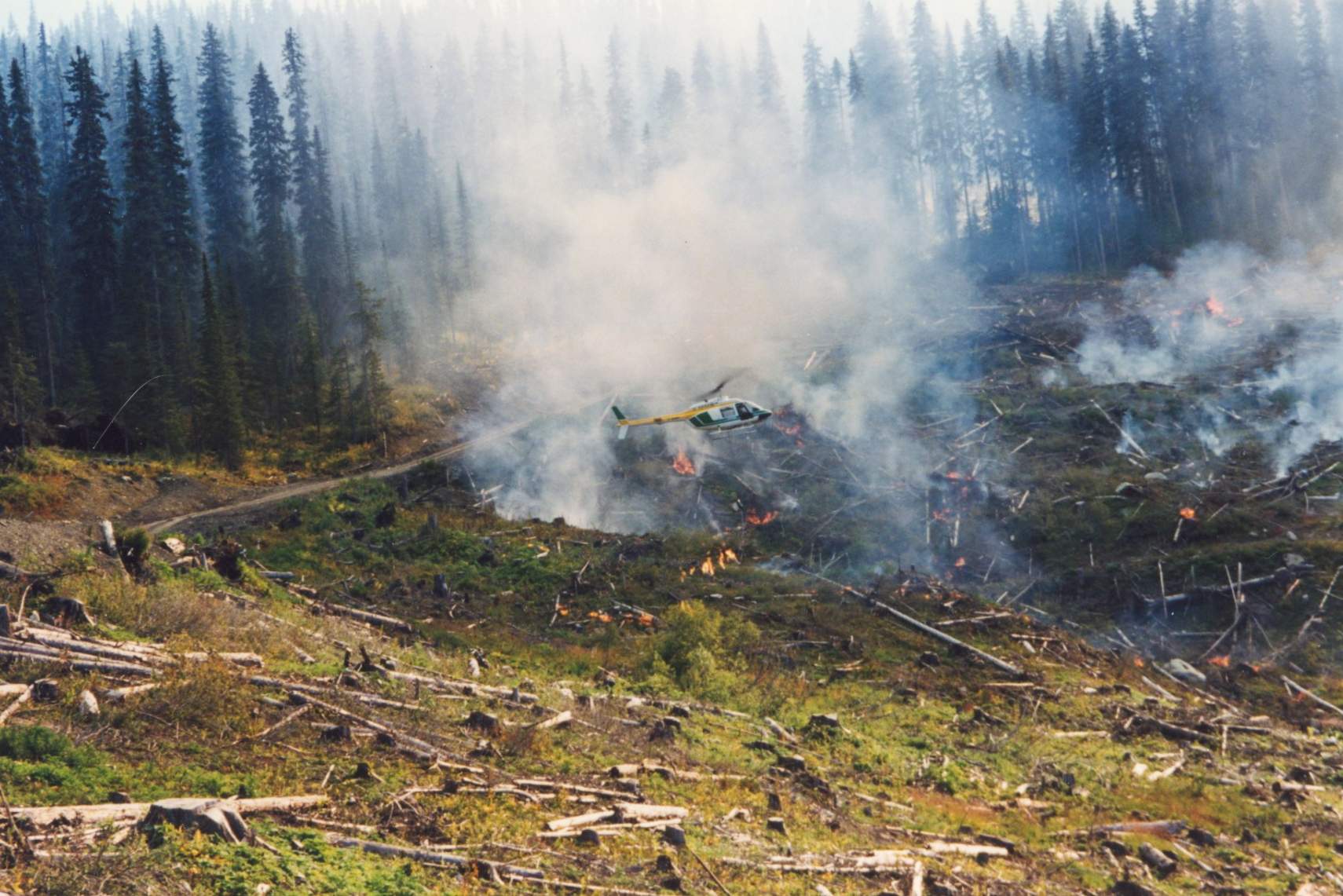 Oregon — Deschutes County is preparing to deploy $3.4 million for wildfire mitigation projects to reduce the likelihood of catastrophic wildfire in La Pine. The money comes from the U.S. Department of Agriculture and is part of a $200 million funding package to assist fire-prone areas across the country. Work is expected to begin in the spring on a variety of projects ranging from fuels reduction to community education, according to Lauren Street, a natural resources specialist with Deschutes County. The project is expected to continue for five years. La Pine was one of 58 recipients nationwide to benefit from community wildfire defense grants. The grants are funded by the Biden-era bipartisan infrastructure law of 2021. Elsewhere in Oregon, the Sweet Home Fire and Ambulance District is set to receive $8.7 million, the largest grant for any project in the state.
Oregon — Deschutes County is preparing to deploy $3.4 million for wildfire mitigation projects to reduce the likelihood of catastrophic wildfire in La Pine. The money comes from the U.S. Department of Agriculture and is part of a $200 million funding package to assist fire-prone areas across the country. Work is expected to begin in the spring on a variety of projects ranging from fuels reduction to community education, according to Lauren Street, a natural resources specialist with Deschutes County. The project is expected to continue for five years. La Pine was one of 58 recipients nationwide to benefit from community wildfire defense grants. The grants are funded by the Biden-era bipartisan infrastructure law of 2021. Elsewhere in Oregon, the Sweet Home Fire and Ambulance District is set to receive $8.7 million, the largest grant for any project in the state.

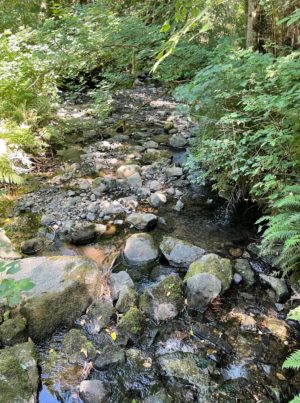
 OLYMPIA — The Washington Forest Practices Board took 200,000 acres of timberland out of production, voting 7-5 to require loggers to stay farther back from streams without fish. The close vote Nov. 12 capped a contentious debate over the environmental and economic consequences of widening and lengthening riparian buffers to shade streams. Forest landowners will lose $2.8 billion in harvestable timber because of the new buffers, according to a University of Washington analysis. Ten state representatives, five Democrats and five Republicans, questioned whether the board had thoroughly examined the social costs. And the Environmental Protection Agency said the bigger buffers are not needed to meet the Clean Water Act. But the Department of Ecology championed wider and longer buffers. The buffers will keep timber harvests from warming water temperatures in most cases, according to Ecology. “Not taking action is not an option,” said Ecology Director Casey Sixkiller, a member of the forest board.
OLYMPIA — The Washington Forest Practices Board took 200,000 acres of timberland out of production, voting 7-5 to require loggers to stay farther back from streams without fish. The close vote Nov. 12 capped a contentious debate over the environmental and economic consequences of widening and lengthening riparian buffers to shade streams. Forest landowners will lose $2.8 billion in harvestable timber because of the new buffers, according to a University of Washington analysis. Ten state representatives, five Democrats and five Republicans, questioned whether the board had thoroughly examined the social costs. And the Environmental Protection Agency said the bigger buffers are not needed to meet the Clean Water Act. But the Department of Ecology championed wider and longer buffers. The buffers will keep timber harvests from warming water temperatures in most cases, according to Ecology. “Not taking action is not an option,” said Ecology Director Casey Sixkiller, a member of the forest board.
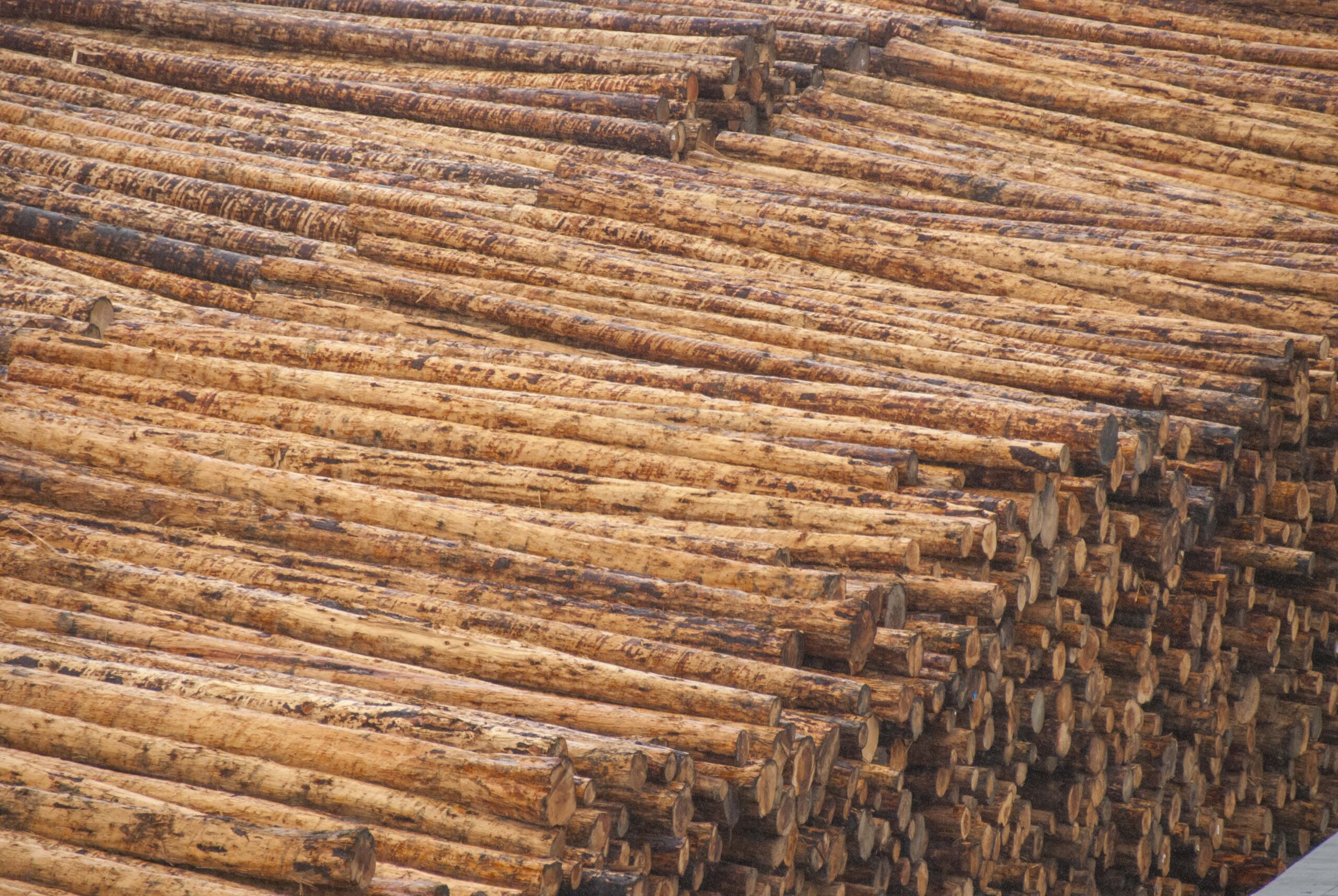 On Oct. 17 … the Flathead National Forest’s district ranger in Swan Lake proposed an emergency logging and thinning project west of Blacktail Mountain called the West Truman Project. The project proposal … was published to the Flathead National Forest’s projects website, signaling a departure from the agency’s usual strategy of notifying members of the public about planning projects by email and issuing press releases. It also came with a caveat: The West Truman Project is being analyzed under the USDA’s newly established Emergency Action Determination and, as such, is exempt from the usual layers of permitting compliance — including public comment. …Keith Hammer, leader of the Swan View Coalition, said he wasn’t surprised to see the Flathead National Forest propose a logging project with the stated purpose of reducing wildfire risk; however, he was surprised by the covert way in which they proposed it.
On Oct. 17 … the Flathead National Forest’s district ranger in Swan Lake proposed an emergency logging and thinning project west of Blacktail Mountain called the West Truman Project. The project proposal … was published to the Flathead National Forest’s projects website, signaling a departure from the agency’s usual strategy of notifying members of the public about planning projects by email and issuing press releases. It also came with a caveat: The West Truman Project is being analyzed under the USDA’s newly established Emergency Action Determination and, as such, is exempt from the usual layers of permitting compliance — including public comment. …Keith Hammer, leader of the Swan View Coalition, said he wasn’t surprised to see the Flathead National Forest propose a logging project with the stated purpose of reducing wildfire risk; however, he was surprised by the covert way in which they proposed it.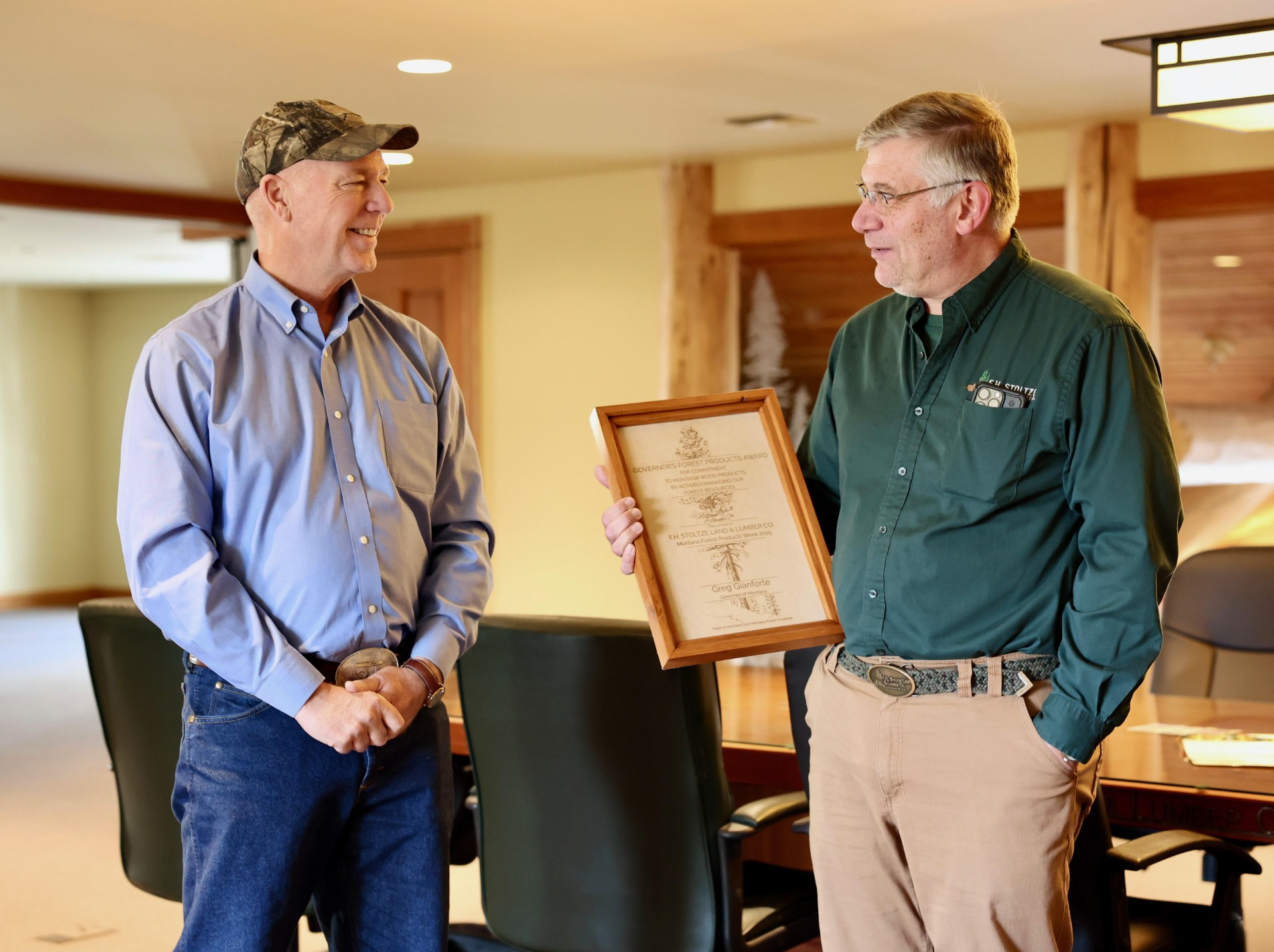
 Rising wildfire risk in the Pacific Northwest combined with volatile timber pricing may lower forestland values by as much as 50% and persuade property owners to harvest Douglas fir trees much earlier than planned, according to a new analysis. The optimal age to harvest Douglas fir trees — absent fire risk — would be 65 years. The study, from Oregon State University researchers, suggests that harvesting trees at 24 years would make the most economic sense under the worst-case scenarios. “Basically, under high wildfire risk that rises with stand age, every year you wait to harvest you’re rolling the dice,” said Mindy Crandall, an associate professor in the OSU College of Forestry. Co-author Andres Susaeta, an OSU forestry assistant professor, said the study was a simulation, but researchers are confident in the direction of results. Susaeta said earlier harvesting reduces both long-term timber revenue and impacts wood quality.
Rising wildfire risk in the Pacific Northwest combined with volatile timber pricing may lower forestland values by as much as 50% and persuade property owners to harvest Douglas fir trees much earlier than planned, according to a new analysis. The optimal age to harvest Douglas fir trees — absent fire risk — would be 65 years. The study, from Oregon State University researchers, suggests that harvesting trees at 24 years would make the most economic sense under the worst-case scenarios. “Basically, under high wildfire risk that rises with stand age, every year you wait to harvest you’re rolling the dice,” said Mindy Crandall, an associate professor in the OSU College of Forestry. Co-author Andres Susaeta, an OSU forestry assistant professor, said the study was a simulation, but researchers are confident in the direction of results. Susaeta said earlier harvesting reduces both long-term timber revenue and impacts wood quality.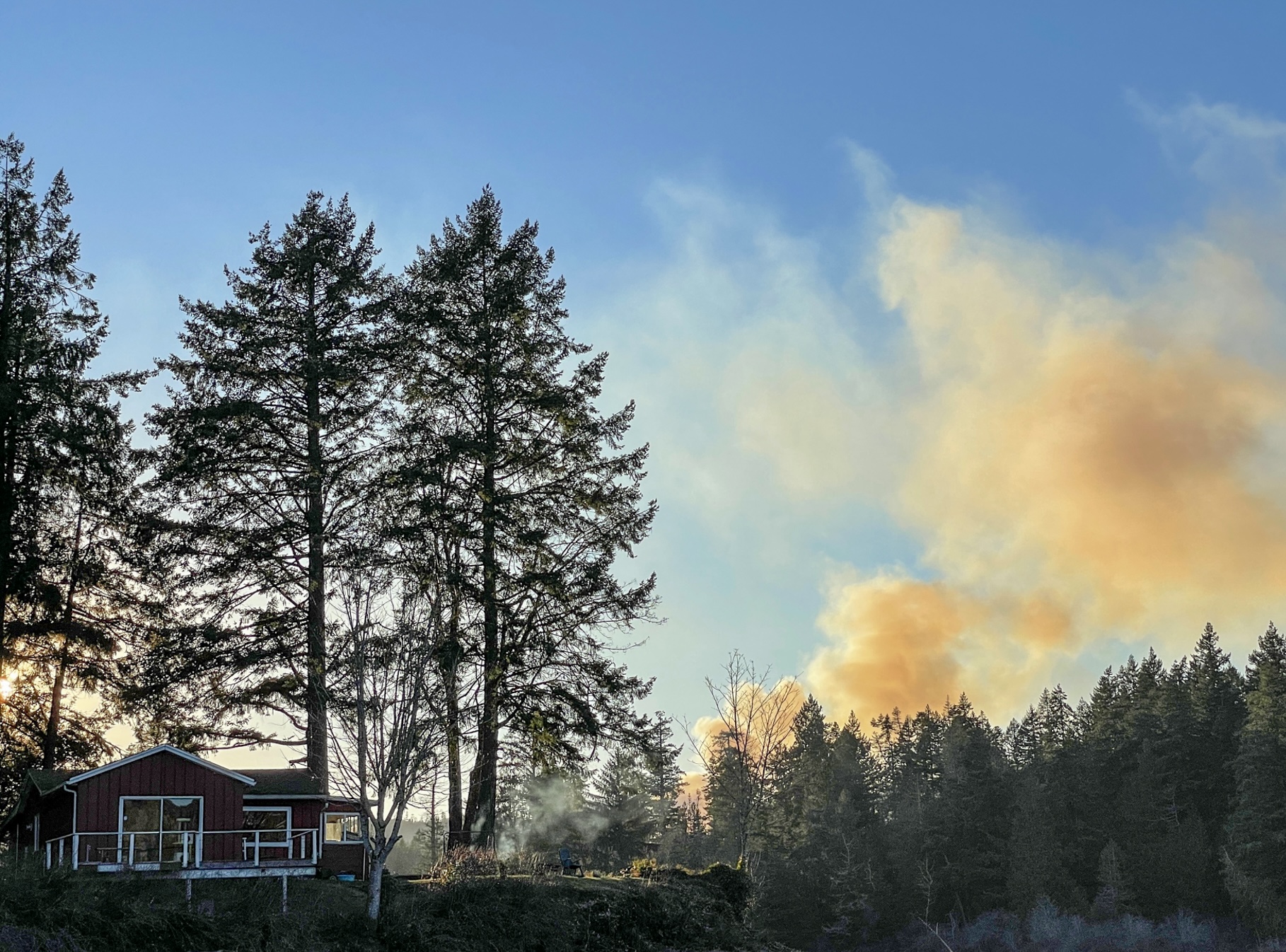 Policies by the Trump administration are putting communities at increased risk for wildfire because federal funding for fuels treatment work is becoming more difficult to obtain. That is the opinion of a group of policymakers and politicians who convened in Bend last week to discuss how best to manage local forests. Bend Mayor Melanie Kebler, Deschutes County Commissioner Phil Chang and State Senator Anthony Broadman — all Democrats — were among those in attendance… Members of the group said there is a lack of clarity over future treatments in the Deschutes National Forest following years of mitigation work that cleared the forest floor of fuels and thinned areas to prevent a fast-moving crown fire. …Chang said he is especially concerned with the Trump administration’s Fix our Forest Act … The bill relies mostly on logging and cattle grazing to clear fuels that cause catastrophic wildfire, but funding for prescribed burning isn’t part of the legislation.
Policies by the Trump administration are putting communities at increased risk for wildfire because federal funding for fuels treatment work is becoming more difficult to obtain. That is the opinion of a group of policymakers and politicians who convened in Bend last week to discuss how best to manage local forests. Bend Mayor Melanie Kebler, Deschutes County Commissioner Phil Chang and State Senator Anthony Broadman — all Democrats — were among those in attendance… Members of the group said there is a lack of clarity over future treatments in the Deschutes National Forest following years of mitigation work that cleared the forest floor of fuels and thinned areas to prevent a fast-moving crown fire. …Chang said he is especially concerned with the Trump administration’s Fix our Forest Act … The bill relies mostly on logging and cattle grazing to clear fuels that cause catastrophic wildfire, but funding for prescribed burning isn’t part of the legislation. 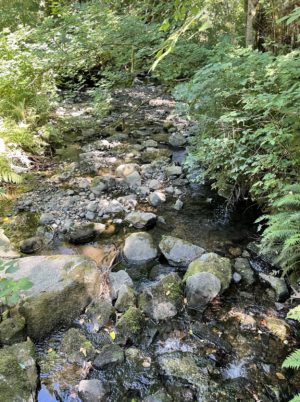 The Washington Forest Practices Board may vote Nov. 12 to widen and lengthen riparian buffers, taking millions of dollars worth of timber out of production. Forest landowners and the wood-products are mounting a last-ditch effort to persuade the board to not adopt what they say would be a massive taking of private property. The state Department of Ecology says wider and longer buffers would keep timber harvests from raising temperatures in non-fish bearing streams in most cases. Timber groups haven’t been in a battle this divisive since the industry, state agencies and tribes settled on seminal logging rules in 1999, Washington Forest Protection Association’s Darin Cramer said. …Studies confirmed logging raises water temperatures. The timber industry argues that even if temperatures rise, they soon go down and generally do not exceed acceptable levels. Massachusetts-based consultant Industrial Economics estimates the rule will take somewhere between 67,000 acres and 170,000 acres out of production.
The Washington Forest Practices Board may vote Nov. 12 to widen and lengthen riparian buffers, taking millions of dollars worth of timber out of production. Forest landowners and the wood-products are mounting a last-ditch effort to persuade the board to not adopt what they say would be a massive taking of private property. The state Department of Ecology says wider and longer buffers would keep timber harvests from raising temperatures in non-fish bearing streams in most cases. Timber groups haven’t been in a battle this divisive since the industry, state agencies and tribes settled on seminal logging rules in 1999, Washington Forest Protection Association’s Darin Cramer said. …Studies confirmed logging raises water temperatures. The timber industry argues that even if temperatures rise, they soon go down and generally do not exceed acceptable levels. Massachusetts-based consultant Industrial Economics estimates the rule will take somewhere between 67,000 acres and 170,000 acres out of production. Every year, there are thousands of landslides in Oregon. Geologists say the number is increasing due to climate change. …Swaths of the Pacific Northwest are particularly prone, thanks to a combination of mountainous landscape and heavy rainfall. “Over the last couple decades, the landslides and the surface processes and surface hazards that I’ve been working on have become much more prominent, primarily due to climate change and humans inhabiting more areas in hazardous terrain,” said Josh Roering, a professor of earth sciences at the University of Oregon. …Roering is one of the geologists involved in the newly formed Center for Land Surface Hazards (CLaSH). A $15 million NSF grant jumpstarted the center that will study landslides and other surface hazards. While CLaSH is housed in the University of Michigan, it is a collaboration with more than a dozen academic, governmental and community partners across the country.
Every year, there are thousands of landslides in Oregon. Geologists say the number is increasing due to climate change. …Swaths of the Pacific Northwest are particularly prone, thanks to a combination of mountainous landscape and heavy rainfall. “Over the last couple decades, the landslides and the surface processes and surface hazards that I’ve been working on have become much more prominent, primarily due to climate change and humans inhabiting more areas in hazardous terrain,” said Josh Roering, a professor of earth sciences at the University of Oregon. …Roering is one of the geologists involved in the newly formed Center for Land Surface Hazards (CLaSH). A $15 million NSF grant jumpstarted the center that will study landslides and other surface hazards. While CLaSH is housed in the University of Michigan, it is a collaboration with more than a dozen academic, governmental and community partners across the country. 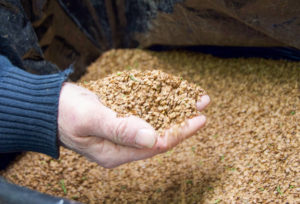 Miles Ryan checked his harness one last time, gave an assured look to his ground crew, and started to climb. …There, balanced at the top of the forest, Ryan leaned out toward the tips of the limbs to get what he’d come for: cones. It was one of Cal Fire’s last cone samplings of the season, which usually runs from August to October across state forests and conifer species. Each cone contains anywhere from a few dozen to hundreds of precious seeds. These have become more important in recent years, as an uptick in severe wildfires and the spread of insects and diseases have led to mass deaths of pines across California forests. But there are just a few dozen professional tree climbers like Ryan trained for high-elevation seed collection in California. …Cal Fire needs to collect 55,978 bushels of cones across species and locales to fully stock its seed bank.
Miles Ryan checked his harness one last time, gave an assured look to his ground crew, and started to climb. …There, balanced at the top of the forest, Ryan leaned out toward the tips of the limbs to get what he’d come for: cones. It was one of Cal Fire’s last cone samplings of the season, which usually runs from August to October across state forests and conifer species. Each cone contains anywhere from a few dozen to hundreds of precious seeds. These have become more important in recent years, as an uptick in severe wildfires and the spread of insects and diseases have led to mass deaths of pines across California forests. But there are just a few dozen professional tree climbers like Ryan trained for high-elevation seed collection in California. …Cal Fire needs to collect 55,978 bushels of cones across species and locales to fully stock its seed bank.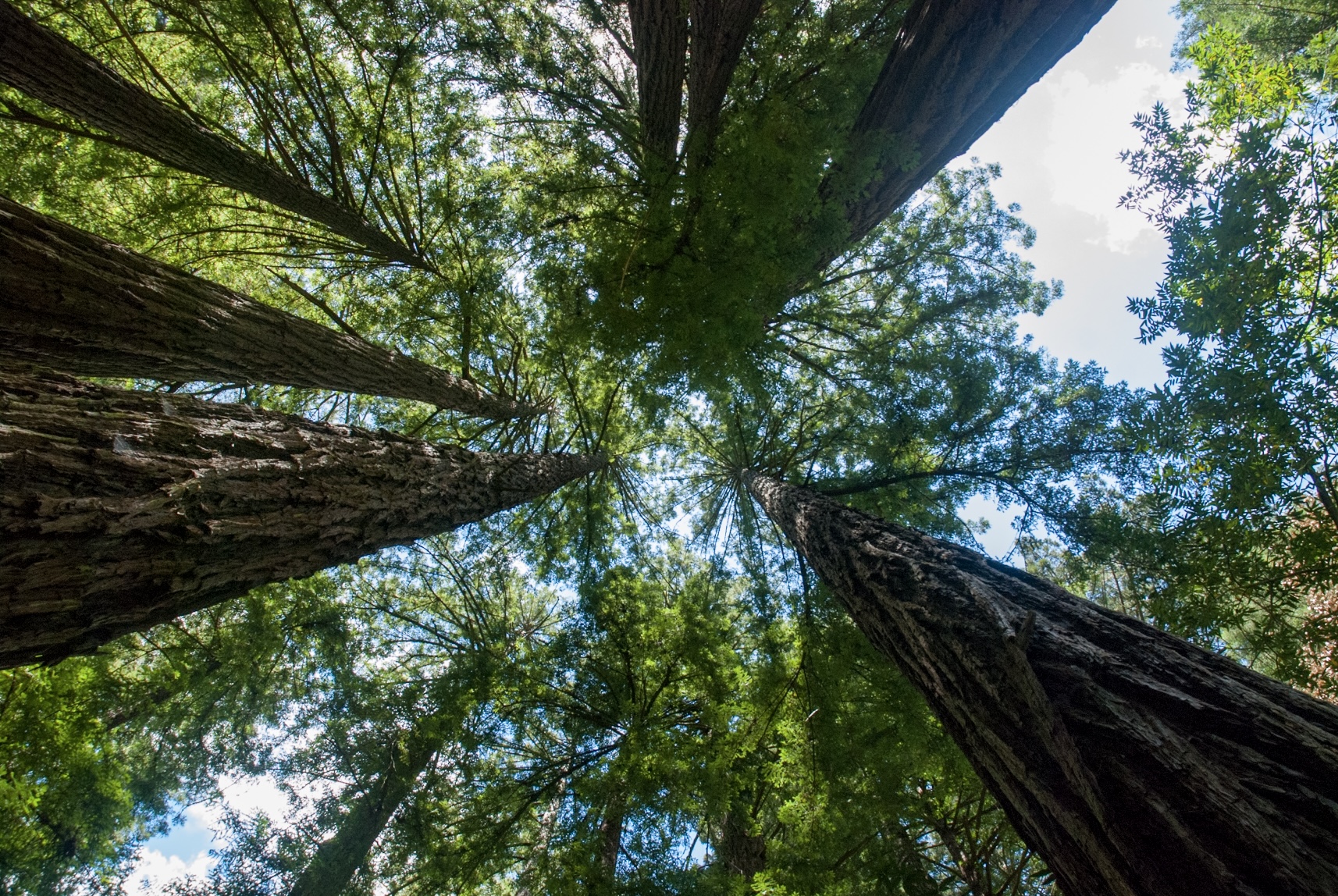 Cal Poly Humboldt study in partnership with Save the Redwoods League reveals how second-growth forests respond to modern wildfires and what managers can do to protect them. California’s coast redwoods have stood for centuries, weathering a changing climate, logging, and time itself. But in an era of hotter, more frequent wildfires, their future resilience depends on how we care for them, according to new research published in Forest Ecology and Management. The study sought to understand the effects of wildfire on coast redwoods—the tallest trees in the world. Results revealed that redwoods in second-growth forests largely survived extreme wildfires in 2020 and quickly resprouted from their trunks and bases. Researchers also discovered that forest structure—how dense the trees are and which species are present—strongly influences fire severity, highlighting the importance of management efforts such as thinning, reducing fuel loads, and encouraging fire-resistant species.
Cal Poly Humboldt study in partnership with Save the Redwoods League reveals how second-growth forests respond to modern wildfires and what managers can do to protect them. California’s coast redwoods have stood for centuries, weathering a changing climate, logging, and time itself. But in an era of hotter, more frequent wildfires, their future resilience depends on how we care for them, according to new research published in Forest Ecology and Management. The study sought to understand the effects of wildfire on coast redwoods—the tallest trees in the world. Results revealed that redwoods in second-growth forests largely survived extreme wildfires in 2020 and quickly resprouted from their trunks and bases. Researchers also discovered that forest structure—how dense the trees are and which species are present—strongly influences fire severity, highlighting the importance of management efforts such as thinning, reducing fuel loads, and encouraging fire-resistant species.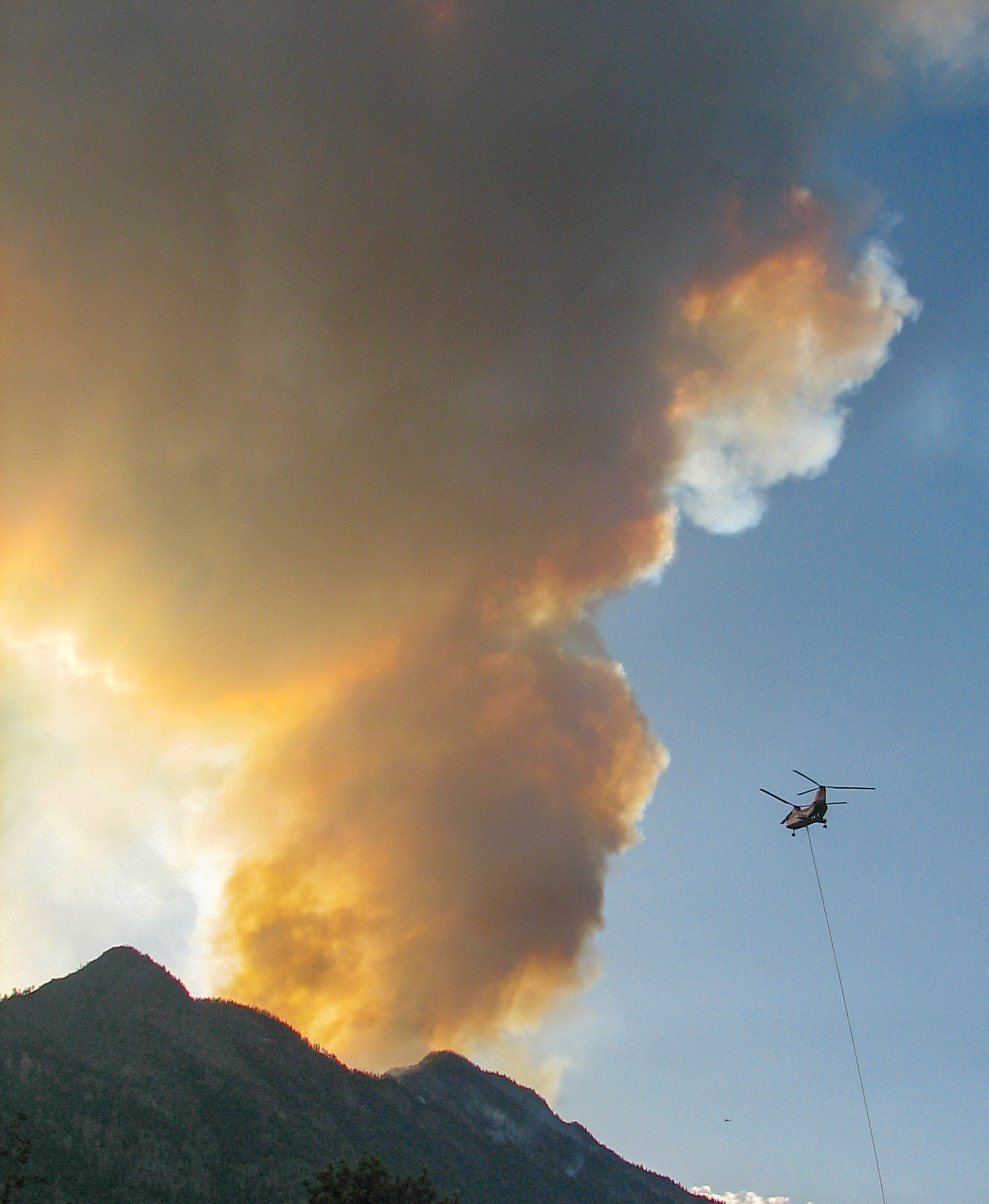 Albuquerque, NM — A new report by Grassroots Wildland Firefighters reveals a troubling decline in wildfire prevention work across the nation. According to the report, hazardous fuel reduction efforts on U.S. Forest Service land are down 38% since January 2025 compared to recent years, following significant federal budget cuts to staffing and resources. Hazardous fuel treatments are critical in preventing catastrophic wildfires. These projects include thinning overgrown forests, clearing brush, and conducting prescribed burns to reduce the vegetation that feeds wildfires. The group’s findings directly contradict recent public assurances from administration officials that land management agencies remain adequately funded and staffed. …The analysis shows mitigation work has fallen especially low in Idaho and Montana, where fewer than 30% of acres have been treated this year compared to previous averages. …Grassroots Wildland Firefighters warn that unless funding is restored, the nation’s wildfire season will grow increasingly severe and dangerous in the years ahead.
Albuquerque, NM — A new report by Grassroots Wildland Firefighters reveals a troubling decline in wildfire prevention work across the nation. According to the report, hazardous fuel reduction efforts on U.S. Forest Service land are down 38% since January 2025 compared to recent years, following significant federal budget cuts to staffing and resources. Hazardous fuel treatments are critical in preventing catastrophic wildfires. These projects include thinning overgrown forests, clearing brush, and conducting prescribed burns to reduce the vegetation that feeds wildfires. The group’s findings directly contradict recent public assurances from administration officials that land management agencies remain adequately funded and staffed. …The analysis shows mitigation work has fallen especially low in Idaho and Montana, where fewer than 30% of acres have been treated this year compared to previous averages. …Grassroots Wildland Firefighters warn that unless funding is restored, the nation’s wildfire season will grow increasingly severe and dangerous in the years ahead.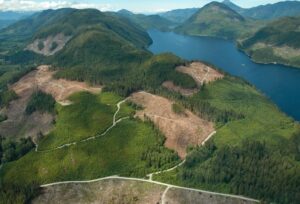 CORVALLIS, Oregon – Rising wildfire risk in the Pacific Northwest combined with notoriously volatile timber pricing may lower forestland values by as much as 50% and persuade plantation owners to harvest trees much earlier than planned, a
CORVALLIS, Oregon – Rising wildfire risk in the Pacific Northwest combined with notoriously volatile timber pricing may lower forestland values by as much as 50% and persuade plantation owners to harvest trees much earlier than planned, a  BOISI, Idaho — The Trump Administration’s decision earlier this year to do away with the 2001 Roadless Area Conseravtion Rule on national forest lands sent shockwaves through environmental and outdoor recreation communities. According to environmentalists and an Idaho public official who has been involved in roadless rule politics since the issue’s inception, the move could transport stakeholders in the Pacific Northwest back to the rancor and political divisions of the timber war years. …“The national rule itself put the whole timber wars to bed. It really did,” said James Caswell, former director of the Bureau of Land Management. …The rule led to conditions in which environmentalists became less combative about forest management, according to Caswell. Instead, enviros became more willing to work with timber industry and Forest Service officials. …The decision puts the forest objectives of fishermen, hunters, ATVers, bird watchers and others on the back burner.
BOISI, Idaho — The Trump Administration’s decision earlier this year to do away with the 2001 Roadless Area Conseravtion Rule on national forest lands sent shockwaves through environmental and outdoor recreation communities. According to environmentalists and an Idaho public official who has been involved in roadless rule politics since the issue’s inception, the move could transport stakeholders in the Pacific Northwest back to the rancor and political divisions of the timber war years. …“The national rule itself put the whole timber wars to bed. It really did,” said James Caswell, former director of the Bureau of Land Management. …The rule led to conditions in which environmentalists became less combative about forest management, according to Caswell. Instead, enviros became more willing to work with timber industry and Forest Service officials. …The decision puts the forest objectives of fishermen, hunters, ATVers, bird watchers and others on the back burner. PORTLAND, Oregon — The question of whether two logging companies conspired to monopolize markets in an eastern Oregon forest came before a three-judge panel of the Ninth Circuit on Wednesday as a coalition urged the court to revive its antitrust challenge. US Circuit Judge Milan Smith noted the case was unlike other antitrust suits. …In 2013, the U.S. Forest Service granted the logging company Iron Triangle a 10-year stewardship contract for the Malheur National Forest, as well as associated logging rights. A group of landowners, loggers and an eastern Oregon lumber sawmill — known collectively as the Malheur Forest Coalition — sued Iron Triangle in 2022, arguing that the company exploited control of the contract and should be blocked from competing for harvest rights in U.S. Forest Service public auctions. The lower court denied the request, prompting a new complaint adding the Malheur Lumber Company as a defendant.
PORTLAND, Oregon — The question of whether two logging companies conspired to monopolize markets in an eastern Oregon forest came before a three-judge panel of the Ninth Circuit on Wednesday as a coalition urged the court to revive its antitrust challenge. US Circuit Judge Milan Smith noted the case was unlike other antitrust suits. …In 2013, the U.S. Forest Service granted the logging company Iron Triangle a 10-year stewardship contract for the Malheur National Forest, as well as associated logging rights. A group of landowners, loggers and an eastern Oregon lumber sawmill — known collectively as the Malheur Forest Coalition — sued Iron Triangle in 2022, arguing that the company exploited control of the contract and should be blocked from competing for harvest rights in U.S. Forest Service public auctions. The lower court denied the request, prompting a new complaint adding the Malheur Lumber Company as a defendant.
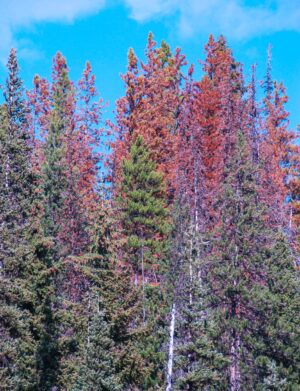
 A federal judge has halted a logging project in the Kootenai National Forest, saying the federal government failed to correctly analyze the impacts to grizzly bears. The Knotty Pine Project, a 10-year project that would have authorized 7,465 acres of prescribed burning and 2,593 acres of commercial harvest in the Cabinet-Yaak Mountains, has been in litigation since 2022. The Center for Biological Diversity led a coalition of environmental groups …in suing the U.S. Forest Service and U.S. Fish and Wildlife Service, saying it could devastate the small group of grizzly bears that lives in the region due to increased roadwork. U.S. District Court Judge Dana Christensen granted a preliminary junction the following year, but issued his final ruling last week. …“High road densities in low elevation habitats may result in grizzly bear avoidance or displacement from important spring habitat and high mortality risks,” Christensen wrote.
A federal judge has halted a logging project in the Kootenai National Forest, saying the federal government failed to correctly analyze the impacts to grizzly bears. The Knotty Pine Project, a 10-year project that would have authorized 7,465 acres of prescribed burning and 2,593 acres of commercial harvest in the Cabinet-Yaak Mountains, has been in litigation since 2022. The Center for Biological Diversity led a coalition of environmental groups …in suing the U.S. Forest Service and U.S. Fish and Wildlife Service, saying it could devastate the small group of grizzly bears that lives in the region due to increased roadwork. U.S. District Court Judge Dana Christensen granted a preliminary junction the following year, but issued his final ruling last week. …“High road densities in low elevation habitats may result in grizzly bear avoidance or displacement from important spring habitat and high mortality risks,” Christensen wrote.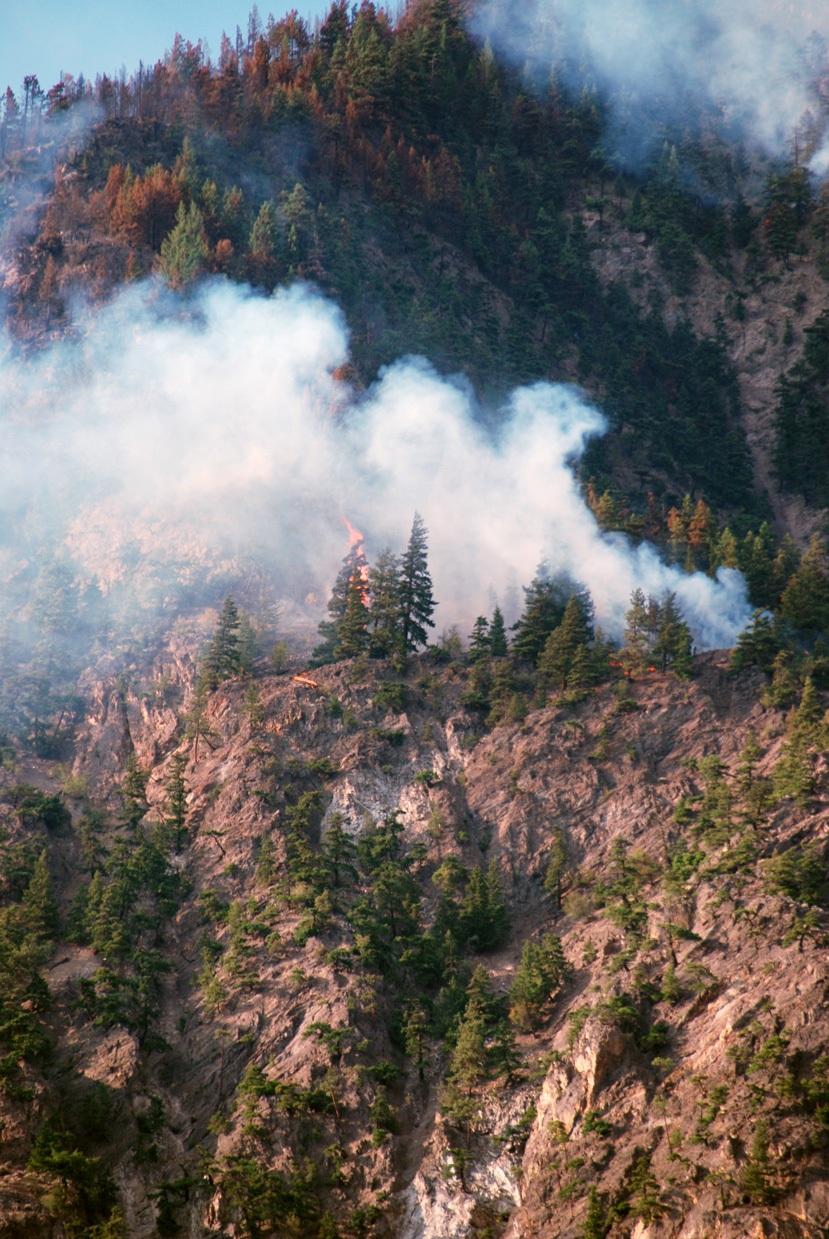 For more than 15 years, Scott Fitzwilliams led … the “crown jewel” of U.S. federal land — 2.2 million acres in Colorado that includes world class ski resorts… and sees a lot of wildfire. So when he was told in February to fire more than a dozen U.S. Forest Service employees from White River National Forest, one of his main concerns was: Will enough people be around to make sure the next big blaze doesn’t get out of control? …Fitzwilliams resigned in protest over the cuts, part of the Trump administration’s efforts to reduce the federal workforce… Eight months later, a new report confirms some of Fitzwilliams’s fears. A data analysis shared with The Washington Post found that as of the end of September, Forest Service work to reduce fire-fueling debris was down nearly 40 percent on this date compared with where it has been on average over the previous four years… [A subscription to the Washington Post is required for full story access]
For more than 15 years, Scott Fitzwilliams led … the “crown jewel” of U.S. federal land — 2.2 million acres in Colorado that includes world class ski resorts… and sees a lot of wildfire. So when he was told in February to fire more than a dozen U.S. Forest Service employees from White River National Forest, one of his main concerns was: Will enough people be around to make sure the next big blaze doesn’t get out of control? …Fitzwilliams resigned in protest over the cuts, part of the Trump administration’s efforts to reduce the federal workforce… Eight months later, a new report confirms some of Fitzwilliams’s fears. A data analysis shared with The Washington Post found that as of the end of September, Forest Service work to reduce fire-fueling debris was down nearly 40 percent on this date compared with where it has been on average over the previous four years… [A subscription to the Washington Post is required for full story access]
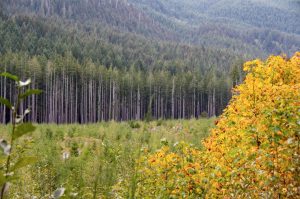 A yearslong endeavor to change logging and environmental policies for millions of acres of Pacific Northwest forests is getting a restart. The US Forest Service will update the Northwest Forest Plan, a set of policies that broadly dictates where logging can occur on 25 million acres of forests in Oregon, Washington and northwest California. …Environmental groups worry new changes that could be made to this plan under the Trump administration will increase logging in mature and old-growth forests. …The Forest Service published its proposed changes in a draft environmental impact statement in November 2024 and received over 3,400 public comments. Now the Forest Service under the Trump administration wants to issue a new draft. …A Forest Service spokesperson said the agency will publish a new draft amendment next fall, and that the Forest Service will allow people to review the draft and weigh in during a 90-day public comment period.
A yearslong endeavor to change logging and environmental policies for millions of acres of Pacific Northwest forests is getting a restart. The US Forest Service will update the Northwest Forest Plan, a set of policies that broadly dictates where logging can occur on 25 million acres of forests in Oregon, Washington and northwest California. …Environmental groups worry new changes that could be made to this plan under the Trump administration will increase logging in mature and old-growth forests. …The Forest Service published its proposed changes in a draft environmental impact statement in November 2024 and received over 3,400 public comments. Now the Forest Service under the Trump administration wants to issue a new draft. …A Forest Service spokesperson said the agency will publish a new draft amendment next fall, and that the Forest Service will allow people to review the draft and weigh in during a 90-day public comment period.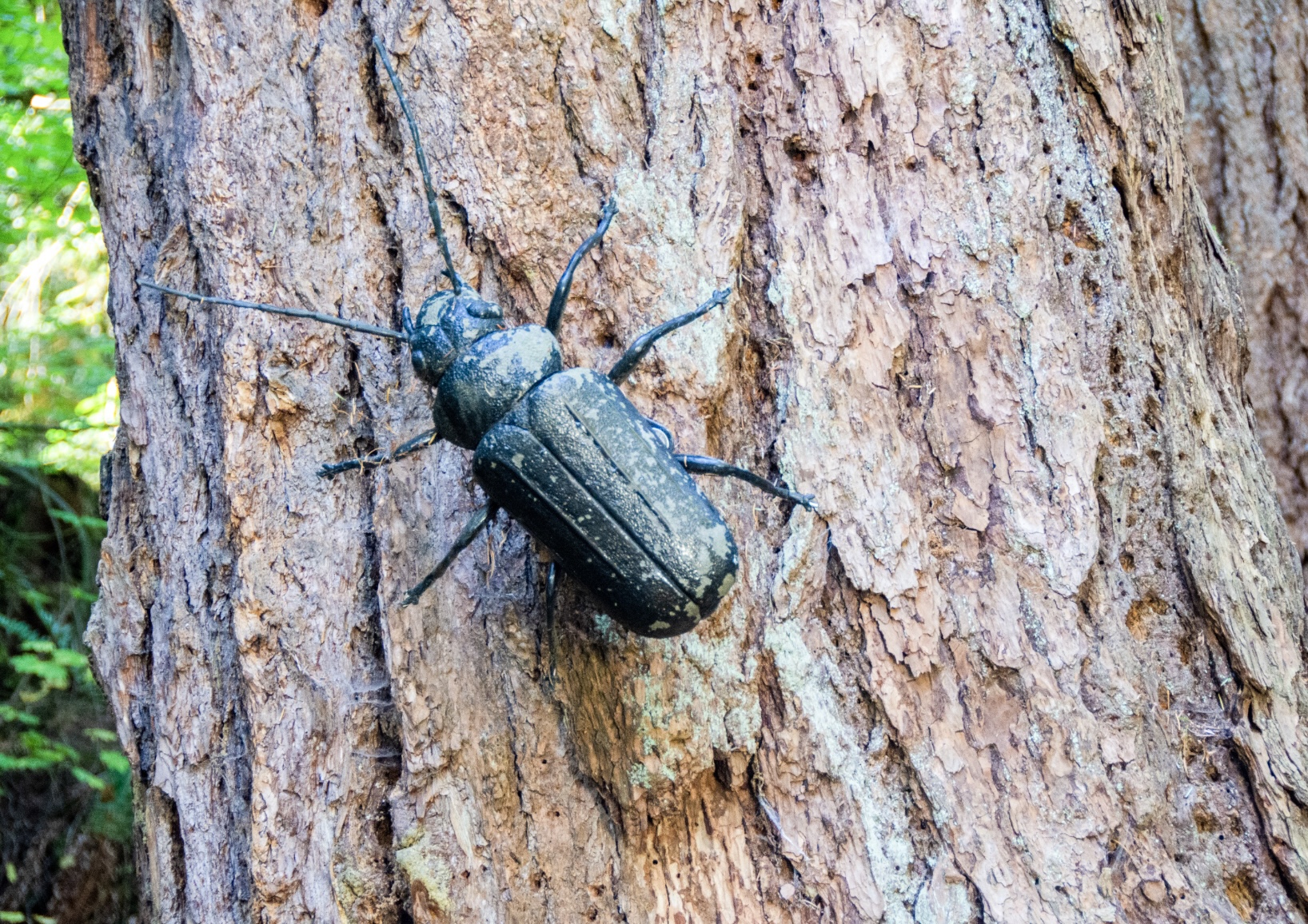 SEATTLE — …Of Washington’s 22 million forested acres, the Department of Natural Resources manages about 3 million acres of state land. Of those, 545,000 acres are now dead or dying — the equivalent of more than 500,000 football fields. …Washington’s severe drought has weakened trees across the state. Then came powerful storms—including last November’s bomb cyclone and February’s windstorm—that battered already-stressed trees to their breaking point. …As droughts intensify and insects thrive in warming forests, trees are dying of thirst while being eaten alive. It’s a double assault turning once-green mountainsides into graveyards of standing dead timber—impacting both eastern and western Washington. “We’re concerned this trend could continue as our climate continues to warm,” Commissioner Upthegrove said. One solution is to remove dead or dying trees and replant more resilient species like hemlock or cedar. However, according to the DNR, the funding needed to address these issues has vanished.
SEATTLE — …Of Washington’s 22 million forested acres, the Department of Natural Resources manages about 3 million acres of state land. Of those, 545,000 acres are now dead or dying — the equivalent of more than 500,000 football fields. …Washington’s severe drought has weakened trees across the state. Then came powerful storms—including last November’s bomb cyclone and February’s windstorm—that battered already-stressed trees to their breaking point. …As droughts intensify and insects thrive in warming forests, trees are dying of thirst while being eaten alive. It’s a double assault turning once-green mountainsides into graveyards of standing dead timber—impacting both eastern and western Washington. “We’re concerned this trend could continue as our climate continues to warm,” Commissioner Upthegrove said. One solution is to remove dead or dying trees and replant more resilient species like hemlock or cedar. However, according to the DNR, the funding needed to address these issues has vanished. Smoke from wildfires causes a cascade of changes in the proteins in the blood of firefighters, according to a groundbreaking study by researchers from the University of Arizona School of Public Health. The researchers found 60 different changes in blood proteins in samples taken from 42 firefighters who battled the Los Angeles wildfires that charred 23,000 acres and forced 10,000 people to flee their homes. Those changes in serum proteome are associated with a potential increased risk of cancer, abnormal cell growth, immune system dysfunction and inflammatory response. …The findings are the latest to highlight the health risks facing wildland firefighters, who for decades have actually been barred from wearing protective masks on the fire lines for fear it would limit their work and lead to overheating. The Forest Service recently shifted its policy to allow firefighters to wear masks if they choose.
Smoke from wildfires causes a cascade of changes in the proteins in the blood of firefighters, according to a groundbreaking study by researchers from the University of Arizona School of Public Health. The researchers found 60 different changes in blood proteins in samples taken from 42 firefighters who battled the Los Angeles wildfires that charred 23,000 acres and forced 10,000 people to flee their homes. Those changes in serum proteome are associated with a potential increased risk of cancer, abnormal cell growth, immune system dysfunction and inflammatory response. …The findings are the latest to highlight the health risks facing wildland firefighters, who for decades have actually been barred from wearing protective masks on the fire lines for fear it would limit their work and lead to overheating. The Forest Service recently shifted its policy to allow firefighters to wear masks if they choose.